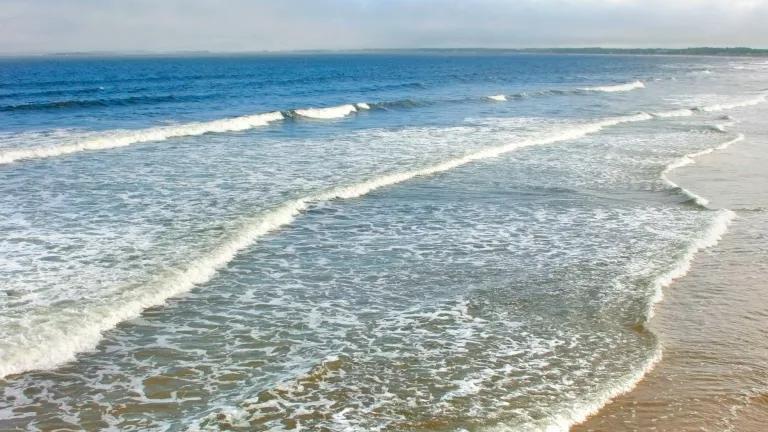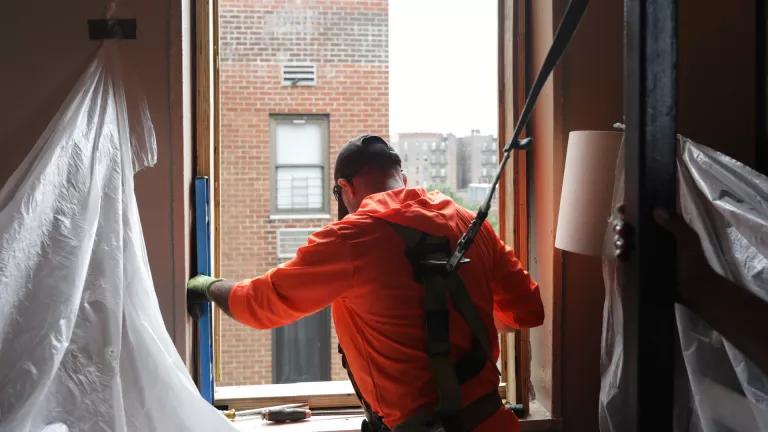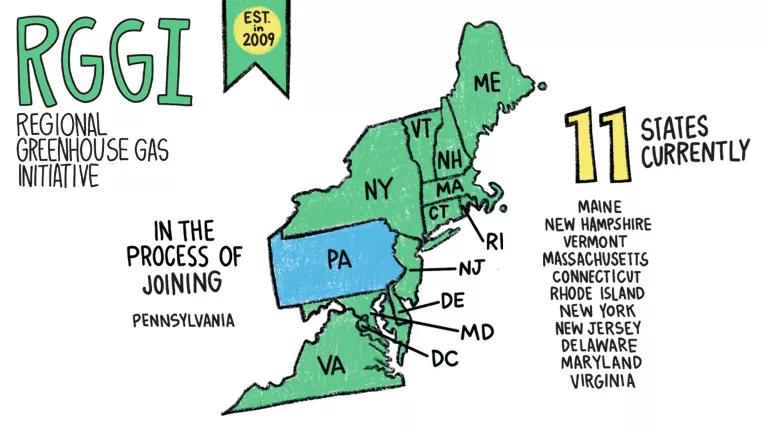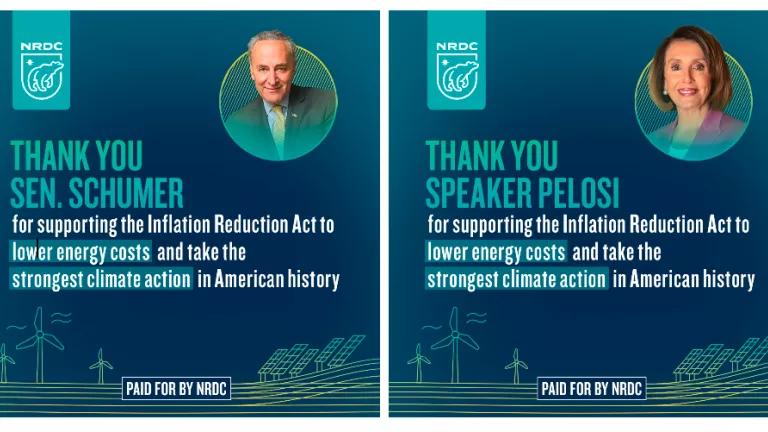
According to a new assessment of the most vulnerable communities across the United States to ocean acidification, 15 states are at high risk of economic harm. The study, Vulnerability and Adaptation of US Shellfisheries to Ocean Acidification, breaks new ground by identifying the communities along our nation's shores that will most likely suffer long-term economic harm from ocean acidification, revealing a mosaic of vulnerability to ocean acidification nationwide.
What Is Ocean Acidification?
The oceans naturally absorb carbon dioxide from our atmosphere. Now, however, we've tinkered with that equation, dramatically increasing the amount of carbon dioxide entering the ocean through more than a century of burning fossil fuels. When carbon dioxide dissolves into the ocean, it triggers chemical reactions that reduce the pH (increasing its acidity) while also reducing the availability of compounds such as carbonate. Carbonate is crucial because many shellfish and corals need it to build their skeletons and shells. With less of it, organisms expend more energy on shell building and less on eating and basic survival. This can result in harm to the organism and dwindling populations of sensitive species. As ocean acidification accelerates, it now poses a serious threat to the web of life underwater.
Who's At Risk?
Coastal communities in these vulnerable states are at high economic risk from ocean acidification due to their dependence on shelled mollusk fisheries, which bring in a billion of dollars annually. Researchers examined several key factors to reach these conclusions. They studied harvests from shelled mollusks such as oysters, clams, and scallops because these fisheries are likely to be the first harmed by ocean acidification in the United States. They mapped ocean locations experiencing the most rapid changes from rising carbon dioxide in the atmosphere. They identified places where local factors such as algae blooms exacerbate acidification, and mapped coastal communities most vulnerable to declining harvests. Finally, they identified where all these variables overlapped.
What Can We Do?
The most effective step toward healthier oceans is to stop pumping carbon dioxide into the sea from cars, factories, and power plants. Policymakers in vulnerable states -- and residents -- don't need to wait for global coordination, researchers say. They can make a difference now to protect these regions:
- Reduce waterway pollution through smarter farming and development techniques and by installing extra sewage treatment mechanisms.
- Invest in shellfish aquaculture techniques to help protect mollusks from corrosive waters during their sensitive larval phase.
- Give nature a helping hand in cultivating ocean acidification-resistant bivalves by selecting and breeding strains that are naturally more resistant to the ocean changes.
- Increase funding for targeted research and monitoring programs that help protect the shellfish industry, such as NOAA's Sea Grant program and the Federal Ocean Acidification Research and Monitoring (FOARAM) program.
- Diversify mollusk fishing portfolios to reduce risk, as sensitivity to ocean acidification will vary by species.
- Establish an Ocean Acidification Task Force to evaluate the risk of economic and ecological harm and to identify measures to mitigate harm.
Downloads




